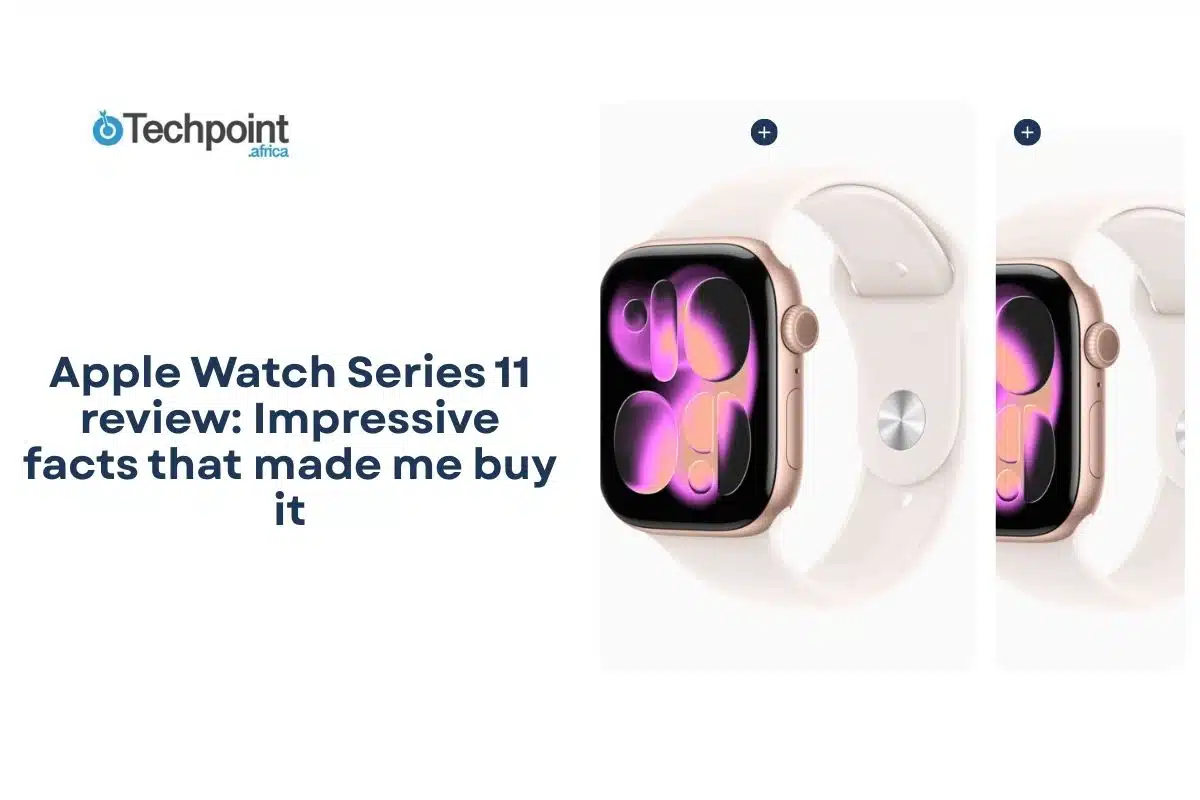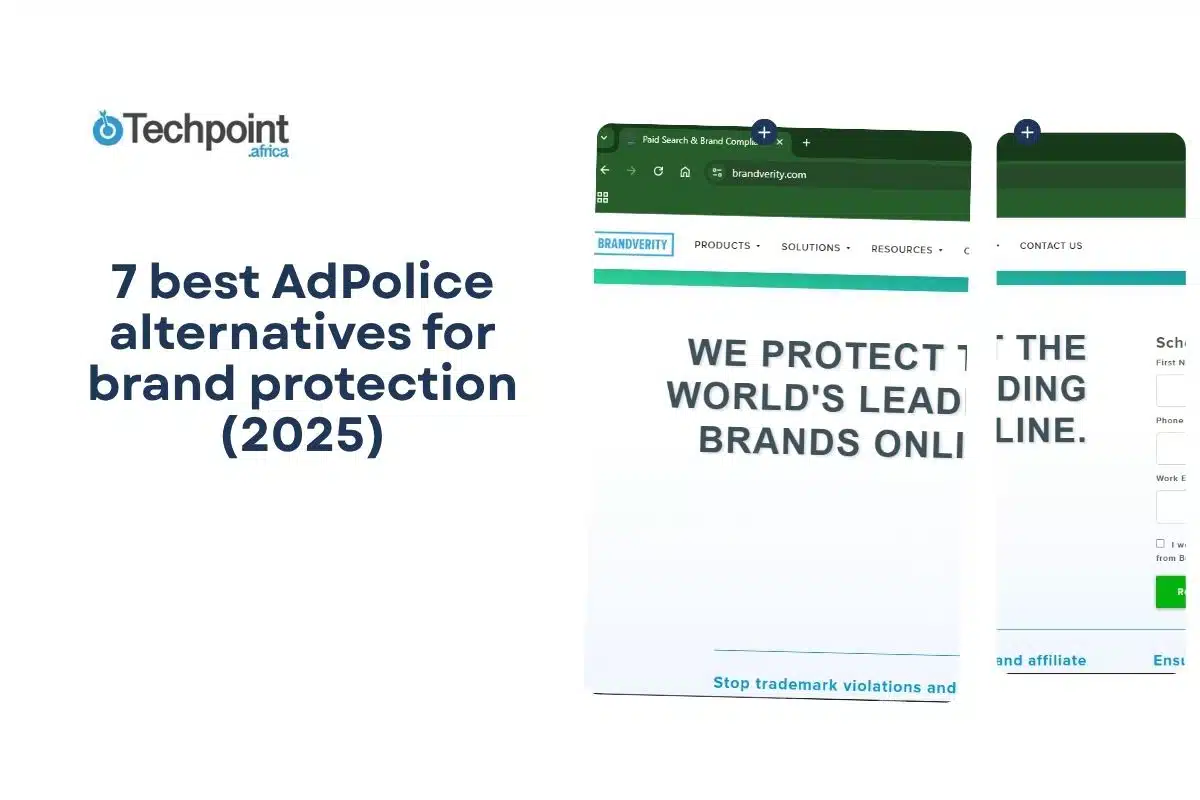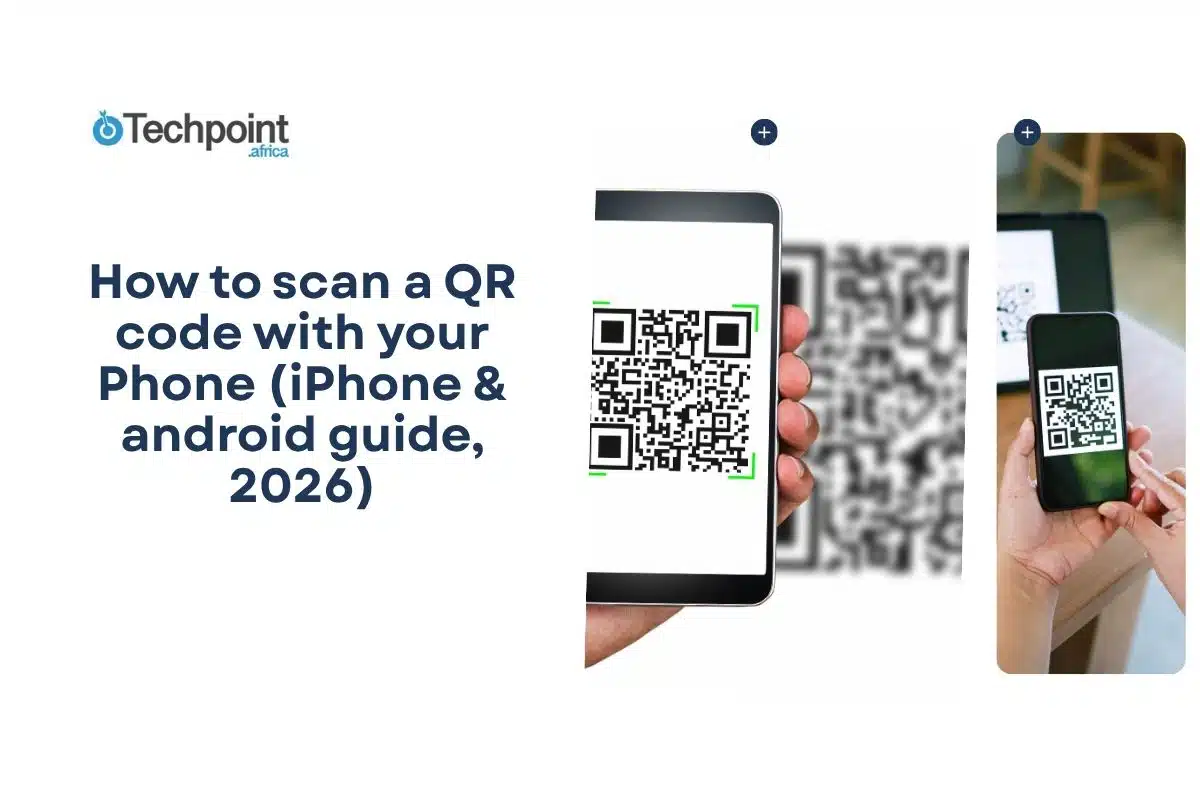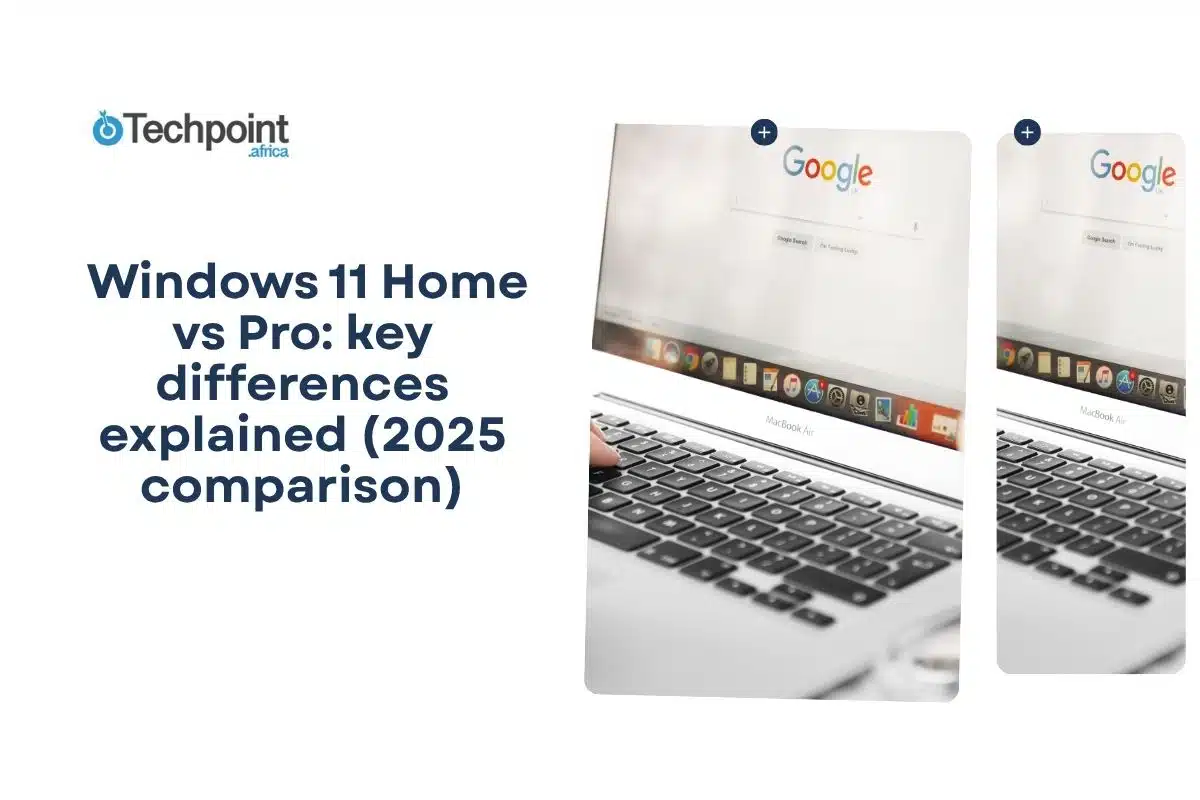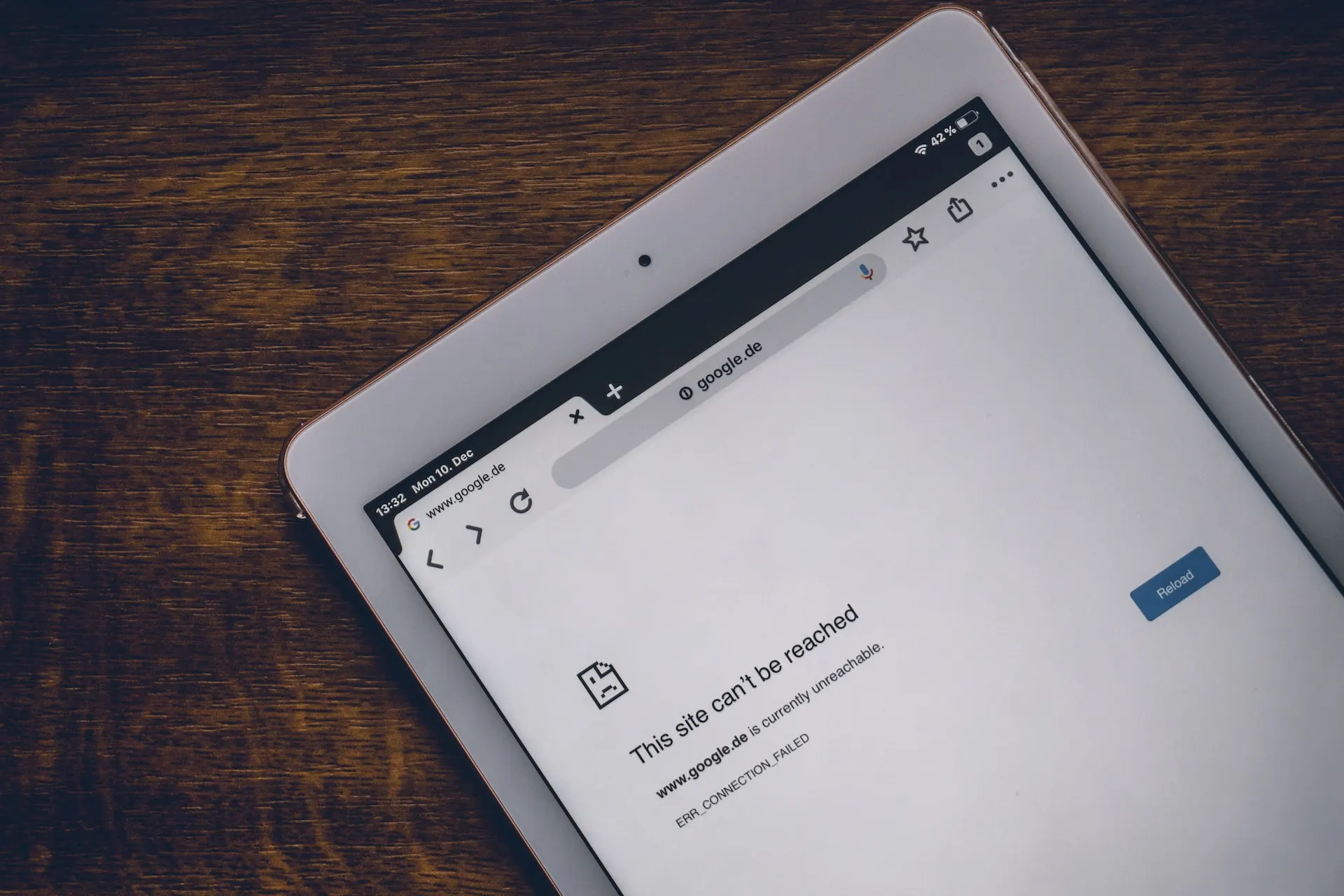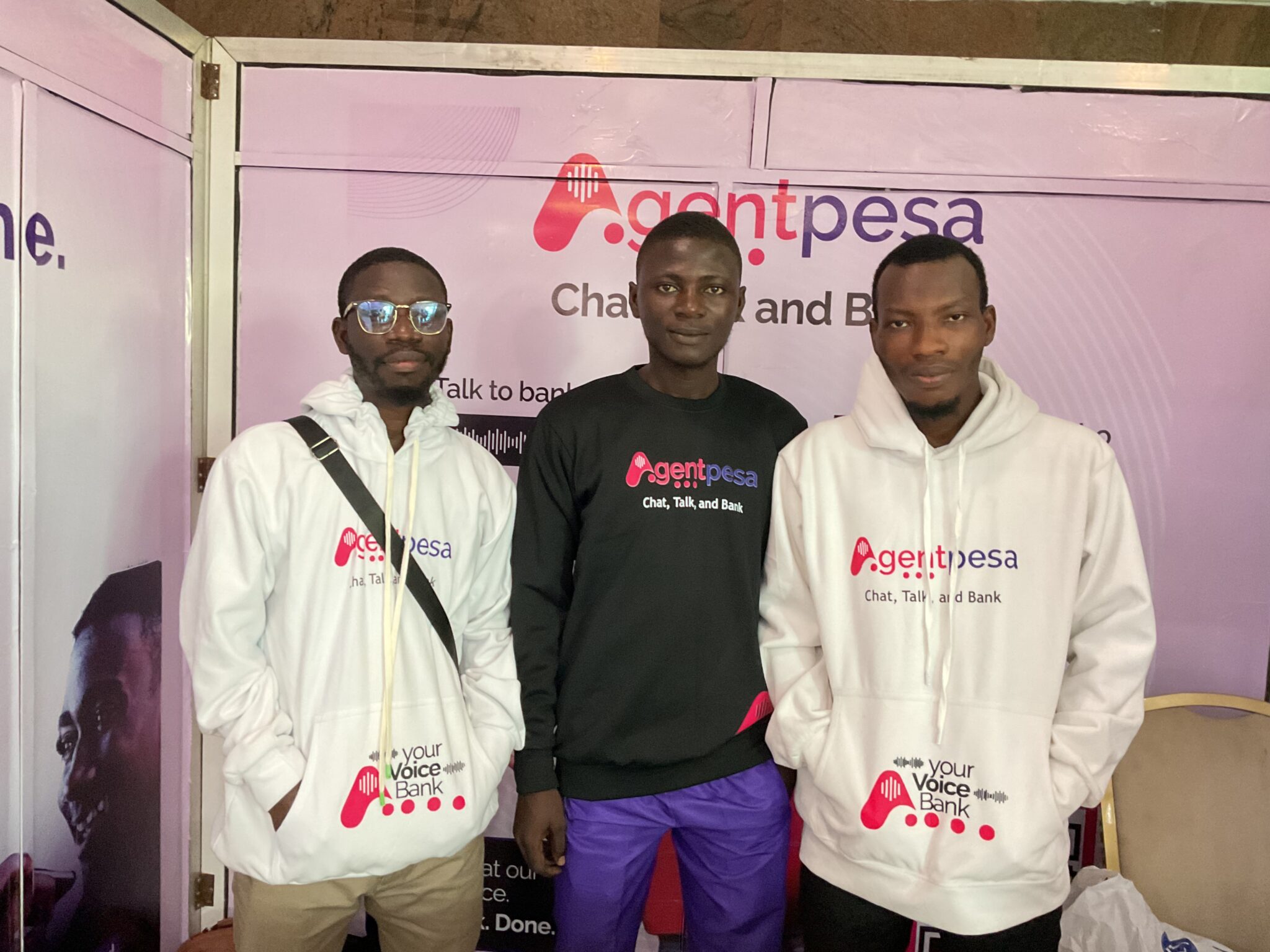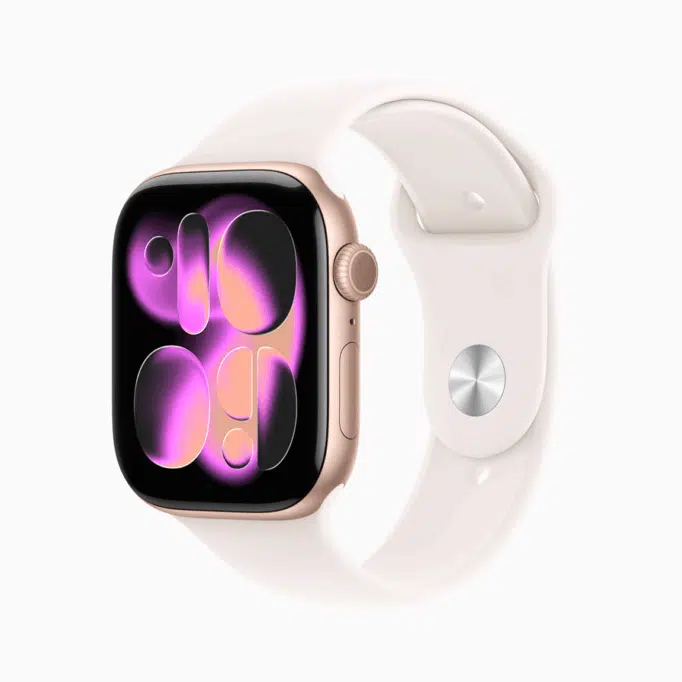
I spent four days moving between Apple store displays, testing sizes on my wrist and on product pages, reading every spec Apple publishes. I haven’t bought one yet since Series 11 hit the stores on September 19, but after putting myself through everything, I have a lot to say.
In this review, you will learn about
- The complete technical snapshot of the Apple Watch Series 11 (so you can decide on a case, size, and band).
- Which hardware and software upgrades are most important for daily use?
- How does Series 11 compare with the SE 3 and Ultra 3 in practical terms?
- What Apple is promising on battery, health tracking, and durability.
- The final takeaways you’d use to decide why you should buy on launch day.
Apple Watch Series 11 full specifications at a glance
| Category | Details |
| Case Material | Aluminium (Rose Gold, Silver, Space Grey, Jet Black); Titanium (Gold, Natural, Slate) |
| Case Sizes | 42 mm: 36 mm width, 9.7 mm depth, 374×446 pixels, 989 mm² display area. Fits 130–200 mm wrists. 46 mm: 39 mm width, 9.7 mm depth, 416×496 pixels, 1,220 mm² display area. Fits 140–245 mm wrists. |
| Weights | Aluminium 42 mm: 30.3 g (GPS), 29.7 g (GPS+Cellular). Titanium 42 mm: 34.6 g. Aluminium 46 mm: 37.8 g (GPS), 36.9 g (GPS+Cellular). Titanium 46 mm: 43.1 g. |
| Display | Always-On Retina LTPO OLED, wide-angle, up to 2,000 nits brightness, 1 nit minimum. Ion-X glass with 2× scratch resistance (aluminium). Sapphire crystal (titanium). 326 ppi. |
| Chip | S10 chip, 64-bit dual-core processor, 4-core Neural Engine, 64 GB storage. |
| Controls | Digital Crown with haptic feedback, side button, double-tap gesture, wrist flick, Siri on-device processing. |
| Sensors | Electrical heart sensor, 3rd-gen optical heart sensor, blood oxygen, temperature, compass, always-on altimeter, high-g accelerometer, gyroscope, ambient light, depth gauge (to 6 m), water temp sensor. |
| Health & Wellness | ECG app, Blood Oxygen app, Cycle Tracking, heart rate notifications, irregular rhythm notifications, Medications app, Mindfulness, Noise, Sleep stages with sleep score, Vitals app, hypertension & sleep apnea notifications. |
| Workouts | Running, cycling (with accessory support and power zones), swimming (pool and open water with SWOLF and stroke detection), hiking with offline topo maps (US), multisport, and more (yoga, HIIT, rowing, golf, etc.). |
| Durability | Water resistance 50 m (ISO 22810:2010), IP6X dust resistance. |
| Connectivity | L1 GPS, GLONASS, Galileo, QZSS, BeiDou. 5G + LTE, Wi-Fi 4 (2.4 GHz & 5 GHz), Bluetooth 5.3, 2nd-gen Ultra Wideband, GymKit, International roaming support. |
| Audio | Speaker, microphone with voice isolation, and media playback. |
| Battery & Charging | Up to 24 h use; up to 38 h in Low Power Mode. 80% charge in ~30 min, ~8 h use from 15 min charge, ~8 h sleep tracking from 5 min charge. |
| Operating System | WatchOS with full app support and new Vitals and Health features. |
| Safety | Crash Detection, Fall Detection, Emergency SOS, and International calling. |
| Compatibility | It requires an iPhone 11 or later with iOS 26+. |
| Environmental | There is 40% recycled content overall, 100% recycled aluminium/titanium, cobalt, rare earths, tungsten, gold plating, and glass, 100% renewable energy in production, and 100% fibre packaging. |
| In the Box | Apple Watch Series 11, strap, 1 m USB-C Magnetic Fast Charger cable. |
Let me tell you how these features felt.
Colours and Finishes
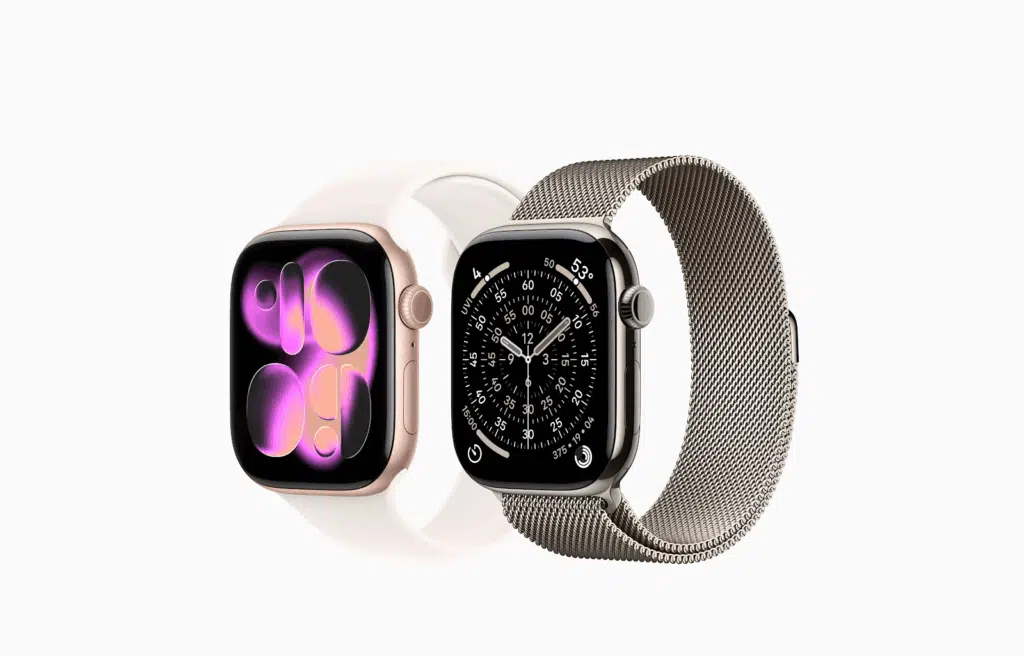
(Left) Aluminium and Titanium (right) Apple Series 11 watches
One of the things I’ve always loved about shopping for an Apple Watch is standing at the display table and seeing the finishes side by side. The Series 11 aluminium lineup felt especially well-balanced this year. Rose Gold has a softer, warmer tone than pictures suggest; it doesn’t scream “pink,” but instead falls under a muted champagne that looks refined with white or light sport bands.
Silver was the cleanest and most neutral finish, which I’d recommend if you like swapping bands often, since it never clashes. Space Gray is still the understated option, almost disappearing on the wrist, which I found appealing when I wanted the watch to feel less like jewelry and more like a piece of gear.
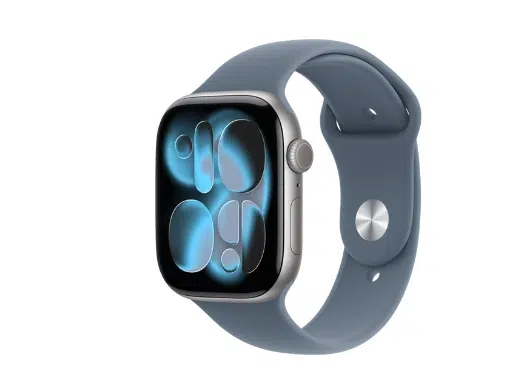
Space Gray
Jet Black surprised me most; it’s deep, reflective, and noticeably glossy. In-store, it picked up reflections from overhead lights, which gave it a bold, polished presence.

Jet Black
On the titanium side, the Natural finish had a raw, brushed look that felt timeless, while the Slate leaned darker and more technical. The Gold titanium was warmer and more luxurious, but without being flashy. Each one changes character depending on which band you pair it with, so I kept swapping straps while there. My takeaway is that Apple finally gave Series 11 a palette where every lifestyle finds a match, be it professional, sporty, subtle, or expressive.
Display
The first time I tilted the Series 11 toward the store window, the brightness jump was immediate. Apple rates the Always-On Retina LTPO OLED at 2,000 nits, but what mattered was how easily I could read it in midday light. At night, I knew it would drop to 1 nit subtle enough not to wake me. With 326 ppi, maps and text stayed sharp. I checked durability, too. Ion-X glass on aluminium doubled scratch resistance, and the titanium sapphire crystal was great to touch.
Chip and Performance
The Series 11 runs on Apple’s new S10 chip. The dual-core processor and 4-core Neural Engine kept everything instant because I jumped between Workout, Maps, and Music without lag. It’s 64 GB storage assures I can carry playlists or audiobooks and leave my phone behind.
Size and Comfort
The first thing I did was compare the 42 mm and 46 mm cases. On my smaller wrist, the 42 mm looked balanced and light, especially in aluminium. The 46 mm felt more commanding, almost like a dress watch, but not oversized. Weight differences matter more than the numbers suggest: titanium feels present, but aluminium felt almost invisible once I wore it. I’d choose aluminium for daily wear, but the titanium’s finish is gorgeous, especially the Natural option.
Health Features I Tried
I strapped the watch on and ran a demo ECG. Blood oxygen checks popped up within seconds. The new hypertension notification system wasn’t live to trigger in-store, but background monitoring makes sense for long-term use.
I noticed the most change in sleep tracking. Series 11 utilises a new Sleep Score that combines stages and apnea detection.
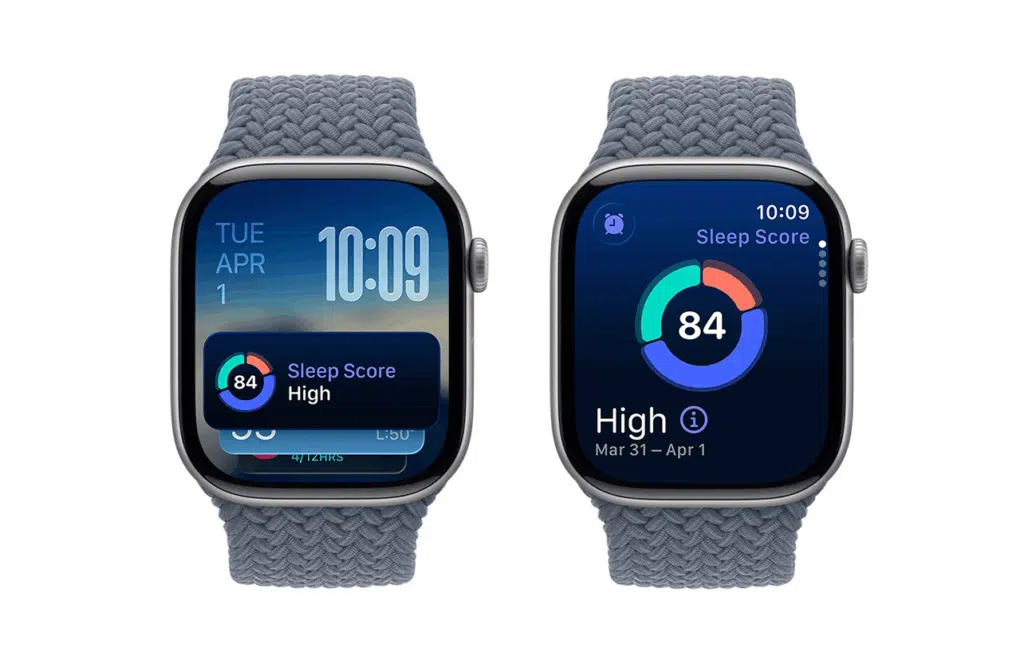
I browsed past the night’s results on the demo unit, which had clear graphs and was easy to interpret. The new Vitals app pulls together heart rate, temperature, respiratory rate, and sleep data.
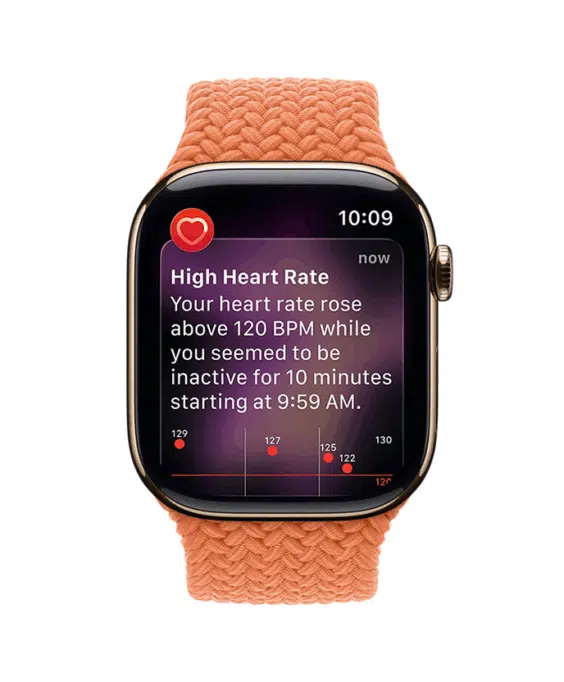
Seeing it all at once instead of scattered across menus felt like a real step forward.
Fitness and Workouts
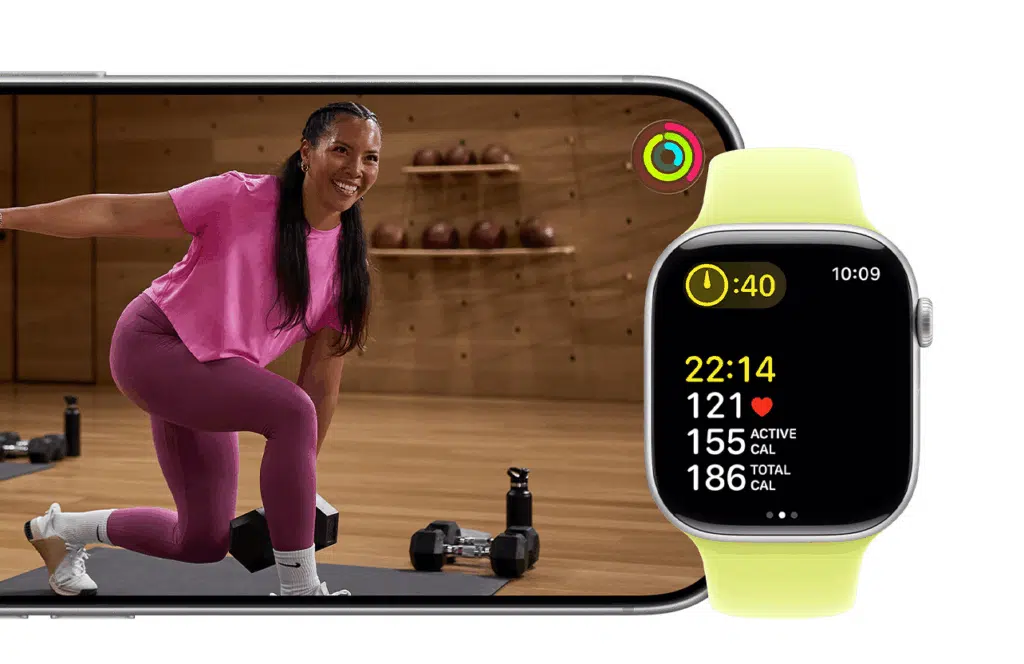
I loaded the workout menu and was surprised by how extensive it’s become. Cycling had support for external accessories, including cadence and power meters. Runners get training load, heart rate zones, and even automatic track detection. I tested the compass with Backtrack and waypoint features; it quickly locks onto direction even indoors. The hiking view with elevation and incline is what I’ll actually use on weekend trails. The swimming metrics appeared detailed, with stroke recognition and SWOLF scoring. I haven’t gotten to swim with it yet, but I tested the water menus, and they’re still automatic and straightforward.
Battery and Charging
The battery was the big question for me. I asked the staff to let me see the charge in real time. In just over 15 minutes, the watch jumped high enough to cover a workday. Five minutes promised enough for overnight sleep tracking — which, combined with the new sleep apnea monitoring, changes how I’d use the watch. I’d no longer need to choose between wearing it at night or charging it. I also noticed that low power mode can stretch things to 38 hours. That’s two full days if I’m light on GPS workouts.
Connectivity and Independence
I tested the Cellular model for calls and notifications.
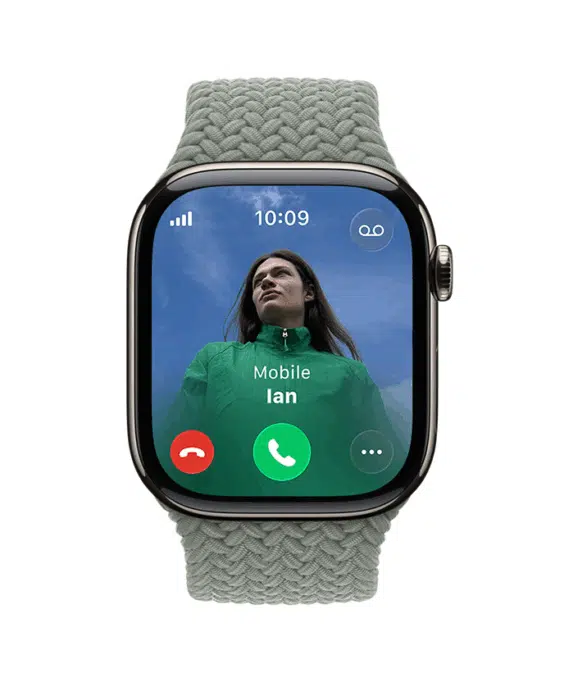
Reception felt stable even in corners where older models sometimes lost signal. The second-generation Ultra Wideband chip worked seamlessly when I tested proximity features. With 5G, pages and maps loaded faster than I expected on a watch. This makes leaving the phone at home more realistic since I don’t need to rely on Bluetooth tethering as heavily.
Software and Everyday Use
The watch runs watchOS with the new Vitals app front and center. Siri’s on-device processing was quick, handling dictation without hesitation. Double-tap gestures worked reliably, even when my other hand was full. The combination of environmental tracking, crash detection, and fall detection felt reassuring. These are things you don’t want to test, but appreciate knowing are there.
Environmental Choices
Apple pushed the sustainability story hard. The Series 11 packaging is smaller, fiber-based, and feels premium but simple. The cases use 100% recycled aluminium or titanium, a significant shift.
Final takeaways
- The Apple Watch Series 11 display is bright at 2,000 nits, yet can dim to 1 nit for comfortable low-light use.
- The Series 11’s Ion-X glass on aluminium and sapphire crystal on titanium make it more scratch-resistant than past models.
- Powered by the new S10 chip, the Series 11 runs faster and handles apps with less lag.
- With 64 GB of storage, the Series 11 can hold more apps, music, and data independently of the iPhone.
- Advanced health tools like sleep score tracking and hypertension alerts add meaningful daily insights.
- The Series 11’s aluminium and titanium cases, with multiple colour options, fit casual and premium styles.
- The Series 11’s workout tracking feels precise and adaptable, covering everything from runs to strength training.
- Battery performance remains reliable, lasting a full day with Low Power Mode as a safety net.
Finally,
Four days of deliberate window shopping, measuring case sizes on my wrist, and re-reading Apple’s specifications on their website suggest that the Series 11 appears to be the model Apple needed to build. It has meaningful health improvements, clear display and durability upgrades, and battery behaviour that align with how people use a watch. I’m not surprised that Apple placed an emphasis on sleep and hypertension notifications, since those are the features most likely to change daily habits.
Honestly, the titanium finish is tempting, but for the way I am, I’ll likely choose an aluminium case and a band I can wear every day. I plan to buy on launch day because Series 11 offers the practical, forward-facing upgrades I want. What do you think? Would you pre-order the Series 11 watch by September 19?
Frequently Asked Questions about Apple Watch Series 11
What sizes does Series 11 come in?
- It comes in two case sizes: 46 mm and 42 mm, each with detailed dimensions and weights.
How long does the battery last?
- Battery life is up to 24 hours in everyday use and 38 hours in Low Power Mode. A 15-minute fast charge gives around 8 hours of use, reaching about 80% in 30 minutes.
Does Series 11 have 5G?
- Yes, Series 11 supports 5G as well as LTE.
What health features are new?
- The main additions are hypertension notifications and a new sleep score, alongside ECG, blood oxygen monitoring, temperature sensing, and heart-rate tracking. Some features may vary by region depending on regulatory approval.
Is the Series 11 display more durable?
- Yes. Aluminium models use Ion-X glass with a ceramic coating that offers twice the scratch resistance compared to Series 10. Titanium models use a sapphire crystal.
What is the water resistance rating?
- The watch is water-resistant to 50 meters (ISO standard 22810:2010), which makes it suitable for swimming but not for scuba diving or high-velocity water sports.

